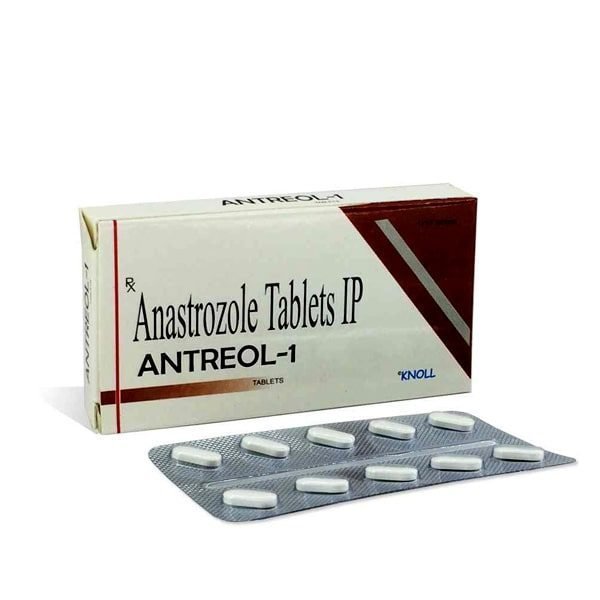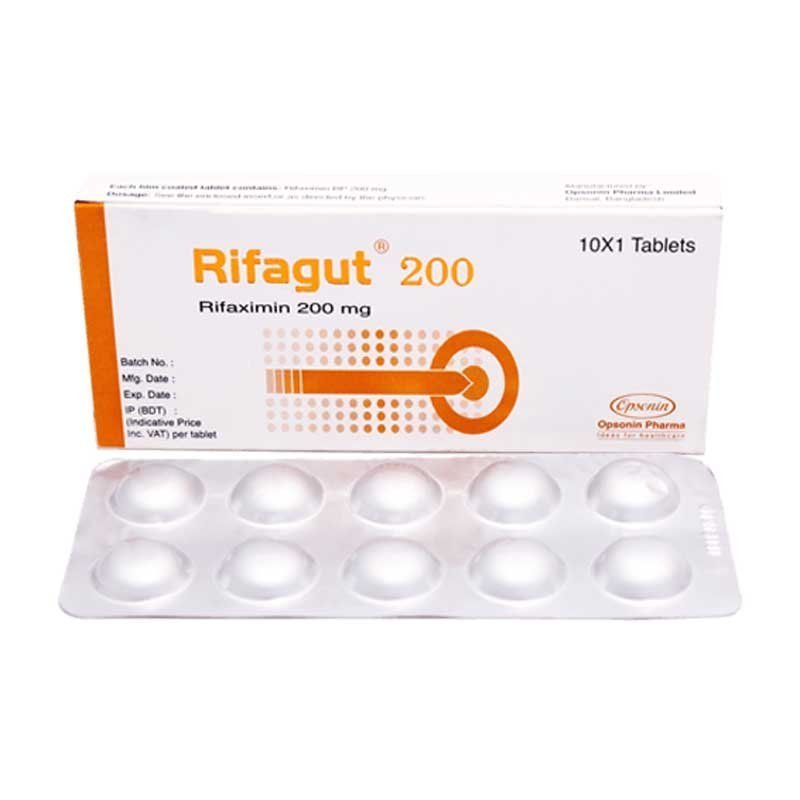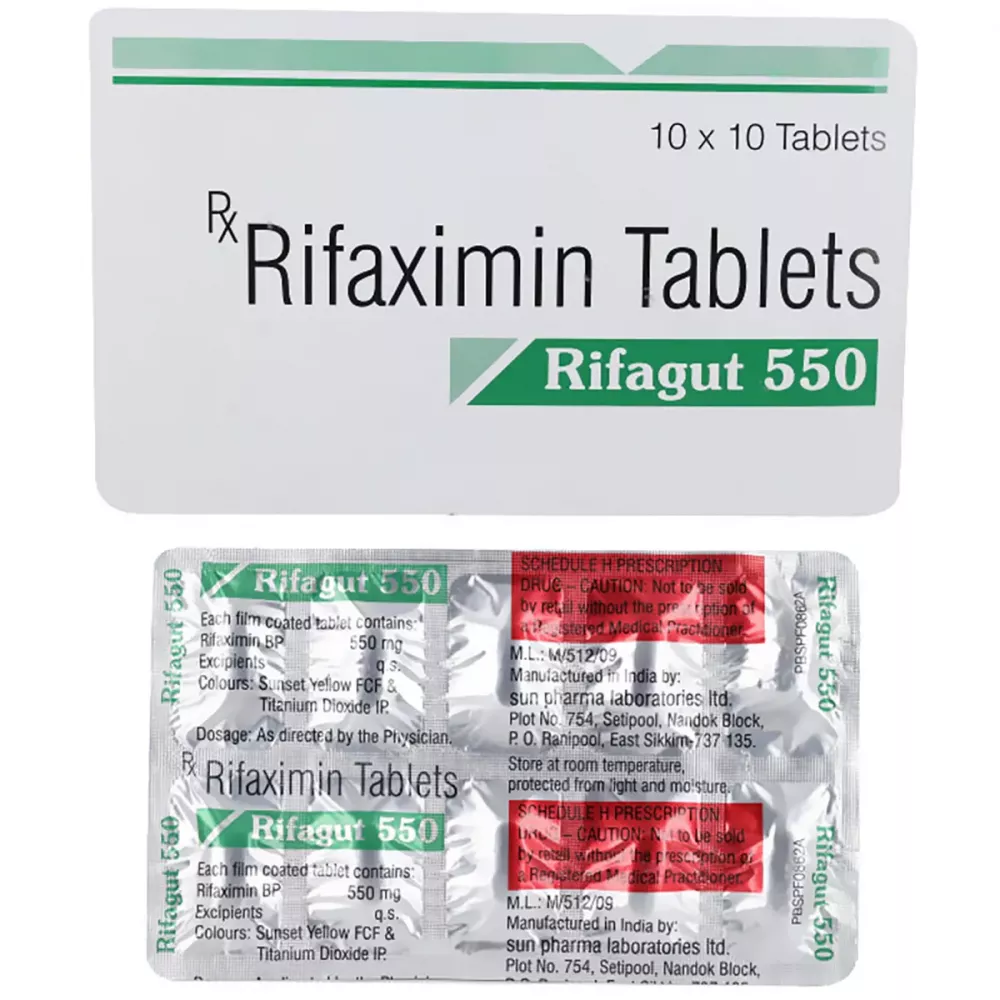WHO’s List of Essential Medicines and Why It Matters
Imagine a world where life-saving medications are out of reach for millions. 💊❌ This isn’t just a hypothetical scenario—it’s a harsh reality for many across the globe. But what if there was a way to ensure that essential medicines are accessible to everyone, everywhere?
Enter the World Health Organization’s List of Essential Medicines. This powerful tool has been quietly revolutionizing global healthcare since 1977, yet many remain unaware of its profound impact. From antibiotics to cancer treatments, this list serves as a crucial guide for governments and healthcare systems worldwide. But why does it matter so much? And how does it affect you?
In this post, we’ll delve into the heart of WHO’s Essential Medicines List, exploring its categories, global impact, and the challenges it faces. We’ll uncover how it benefits developing countries, examine the controversies surrounding it, and peek into its future directions. Buckle up as we embark on a journey through one of the most important, yet often overlooked, aspects of global health! 🌍🏥
Understanding WHO’s Essential Medicines List
Definition and purpose of the list
The World Health Organization’s Essential Medicines List (EML) is a crucial tool in global healthcare. It serves as a model for countries to develop their own national lists of essential medicines. The primary purpose of the EML is to:
- Identify the most important medications needed in a basic healthcare system
- Ensure access to safe, effective, and affordable medicines
- Guide healthcare policy and resource allocation
- Promote rational use of medicines
The list focuses on medicines that address the most pressing public health needs, considering factors such as disease prevalence, evidence of efficacy, and cost-effectiveness.
History and evolution
The concept of essential medicines was introduced by WHO in 1977, with the first EML published in 1977. Since then, the list has evolved significantly:
- Initial focus on basic primary healthcare needs
- Gradual inclusion of more complex treatments
- Expansion to cover both adult and pediatric needs
- Regular updates to reflect new medical evidence and global health priorities
Selection criteria for medicines
WHO employs rigorous criteria to select medicines for the EML:
- Efficacy and safety: Based on robust scientific evidence
- Public health relevance: Addressing priority health conditions
- Comparative cost-effectiveness: Considering both clinical and economic factors
- Quality: Meeting international standards of manufacturing and stability
Regular updates and revisions
The EML is a dynamic document, updated biennially to reflect:
- Emerging health challenges
- New therapeutic options
- Changes in global disease patterns
- Advances in pharmaceutical research and development
This regular revision process ensures that the list remains relevant and responsive to evolving global health needs, making it an invaluable resource for healthcare systems worldwide.
Key Categories of Essential Medicines
A. Antibiotics and antimicrobials
Antibiotics and antimicrobials form a crucial category in WHO’s Essential Medicines List, playing a vital role in combating infectious diseases worldwide. These drugs are essential for treating bacterial infections and other microbial threats, significantly reducing mortality rates and improving global health outcomes.
Key antibiotics on the list include:
- Amoxicillin
- Ciprofloxacin
- Doxycycline
- Metronidazole
The WHO carefully selects these drugs based on their efficacy, safety, and cost-effectiveness. They are chosen to address common infections while also considering the growing concern of antimicrobial resistance.
B. Vaccines and immunologicals
Vaccines and immunologicals are another critical category, emphasizing prevention rather than treatment. These essential medicines have been instrumental in eradicating or significantly reducing the incidence of many life-threatening diseases.
The list includes vaccines for:
- Measles, mumps, and rubella (MMR)
- Polio
- Diphtheria, tetanus, and pertussis (DTP)
- Hepatitis B
By prioritizing these immunizations, the WHO aims to enhance global vaccination coverage and protect populations from preventable diseases.
C. Pain management drugs
Pain management is an essential aspect of healthcare, and the WHO recognizes this by including various analgesics in its list. These medications are crucial for improving quality of life and managing both acute and chronic pain conditions.
Global Impact of the Essential Medicines List
Improving access to vital medications
The WHO’s Essential Medicines List has significantly enhanced global access to crucial medications. By identifying and prioritizing the most important drugs, countries can focus their limited resources on procuring and distributing these vital medicines. This approach has led to:
- Increased availability of life-saving drugs in resource-limited settings
- Reduced costs through bulk purchasing and generic alternatives
- Improved supply chain management for essential medications
Guiding national health policies
The Essential Medicines List serves as a blueprint for countries to develop their own national drug policies. This guidance has far-reaching effects:
- Standardization of treatment protocols across regions
- Prioritization of healthcare spending on essential drugs
- Development of local pharmaceutical industries to produce listed medicines
Influencing pharmaceutical research and development
The list has a profound impact on the pharmaceutical industry, shaping research priorities and drug development:
- Encourages innovation in neglected disease areas
- Promotes the development of child-friendly formulations
- Stimulates research into new antibiotics to combat antimicrobial resistance
Promoting rational use of medicines
By emphasizing evidence-based medicine, the Essential Medicines List promotes the rational use of drugs worldwide. This leads to:
- Reduced antimicrobial resistance through appropriate antibiotic use
- Improved patient outcomes through standardized treatment regimens
- Enhanced pharmacovigilance and drug safety monitoring
With these impacts in mind, it’s clear that the Essential Medicines List plays a crucial role in shaping global health priorities and improving healthcare outcomes worldwide. Next, we’ll explore the challenges faced in implementing this vital resource across different healthcare systems and economic contexts.
Challenges in Implementation
Supply chain issues
Implementing the WHO’s Essential Medicines List faces significant challenges, with supply chain issues being a primary concern. These problems can severely impact the availability and distribution of essential drugs, particularly in developing countries. Some key supply chain challenges include:
- Limited infrastructure: Many regions lack proper storage facilities, transportation networks, and cold chain management systems.
- Inventory management: Inefficient stock tracking and forecasting lead to stockouts or oversupply of medicines.
- Last-mile delivery: Reaching remote areas with limited access to healthcare facilities remains a persistent challenge.
Affordability and pricing concerns
The cost of essential medicines continues to be a major obstacle in ensuring widespread access. Several factors contribute to pricing issues:
- Patent protection: Brand-name drugs often come with high price tags due to intellectual property rights.
- Limited competition: Lack of generic alternatives in some categories drives up prices.
- Manufacturing costs: Production expenses for certain complex drugs can be substantial.
- Import duties and taxes: Additional charges can significantly increase the final cost to consumers.
Regulatory hurdles
Implementing the Essential Medicines List also faces regulatory challenges that can hinder access to vital drugs:
- Varied approval processes: Different countries have unique regulatory requirements, leading to delays in drug availability.
- Quality control issues: Ensuring consistent drug quality across diverse manufacturing sources poses challenges.
- Harmonization efforts: Aligning national essential medicine lists with WHO recommendations can be complex and time-consuming.
Counterfeit medicines
The prevalence of counterfeit drugs poses a serious threat to the implementation of the Essential Medicines List. This issue encompasses:
- Health risks: Substandard or fake medicines can lead to treatment failure or adverse health effects.
- Economic impact: Counterfeit drugs undermine legitimate pharmaceutical markets and healthcare systems.
- Detection challenges: Identifying and preventing the circulation of fake medicines requires significant resources and technology.
Addressing these challenges is crucial for the successful implementation of the WHO’s Essential Medicines List and ensuring equitable access to vital medications globally. As we move forward, it’s important to examine the benefits that developing countries can gain from overcoming these obstacles.
Benefits for Developing Countries
Cost-effective healthcare planning
The WHO Essential Medicines List serves as a valuable tool for developing countries to implement cost-effective healthcare planning. By focusing on a core set of essential drugs, these nations can:
- Streamline procurement processes
- Negotiate better prices for bulk purchases
- Reduce waste and inefficiencies in drug supply chains
This approach allows developing countries to maximize their limited healthcare budgets and ensure a steady supply of crucial medications to their populations.
Prioritizing limited resources
In resource-constrained settings, the Essential Medicines List helps governments and healthcare providers prioritize their investments. Key benefits include:
- Focusing on high-impact interventions
- Allocating funds to medicines with proven efficacy
- Avoiding unnecessary spending on expensive, non-essential drugs
By concentrating on these essential medicines, developing countries can make the most of their limited resources and improve overall health outcomes.
Addressing local health needs
The WHO Essential Medicines List is adaptable to local contexts, allowing developing countries to tailor their drug policies to specific health challenges. This flexibility enables:
- Customization of drug lists based on regional disease burdens
- Inclusion of treatments for neglected tropical diseases
- Consideration of local cultural and environmental factors
Enhancing primary healthcare services
By emphasizing essential medicines, developing countries can significantly improve their primary healthcare services. This focus leads to:
- Increased availability of basic treatments at local health centers
- Enhanced capacity of healthcare workers to manage common conditions
- Improved health outcomes for vulnerable populations
With a strong foundation of essential medicines, developing countries can build more robust and effective healthcare systems, ultimately contributing to better public health and progress towards universal health coverage.
Controversies and Debates
A. Inclusion criteria for new drugs
The inclusion criteria for new drugs in the WHO’s Essential Medicines List (EML) have been a subject of intense debate. The process involves balancing efficacy, safety, and cost-effectiveness. Critics argue that the criteria may be too stringent, potentially excluding innovative treatments. Conversely, supporters maintain that rigorous standards ensure only the most impactful drugs make the list. Key considerations include:
- Clinical effectiveness
- Safety profile
- Cost-effectiveness
- Public health relevance
- Availability of quality generic versions
B. Balancing innovation and affordability
One of the most contentious issues surrounding the EML is the challenge of balancing innovation with affordability. This dilemma raises several questions:
- How can the list encourage pharmaceutical innovation?
- Should high-cost, cutting-edge treatments be included?
- What is the right balance between newer, more expensive drugs and established, affordable options?
The debate centers on ensuring access to life-saving innovations while maintaining the list’s focus on widely accessible medicines.
C. Intellectual property rights concerns
Intellectual property rights present a significant challenge in the context of essential medicines. Pharmaceutical companies argue that strong patent protection is necessary to recoup research and development costs and incentivize innovation. However, critics contend that these protections can limit access to life-saving drugs in low-income countries. The controversy extends to:
- Patent evergreening practices
- Compulsory licensing debates
- Trade agreements and their impact on drug accessibility
D. Representation of neglected tropical diseases
The representation of neglected tropical diseases (NTDs) on the EML has been a point of contention. While the list has expanded its coverage of NTDs over the years, some argue that it still falls short. Critics point out that:
- Many NTDs affect primarily low-income populations
- Research and development for NTD treatments often lack commercial incentives
- The list may not adequately reflect the global burden of these diseases
Advocates push for greater inclusion of NTD treatments to address health inequities and promote pharmaceutical equity. As we move forward, the ongoing dialogue surrounding these controversies will shape the future direction of the Essential Medicines List and its impact on global health priorities.
Future Directions of the Essential Medicines List
Incorporating personalized medicine
As the field of personalized medicine advances, the WHO’s Essential Medicines List (EML) is poised to evolve. This approach tailors treatments to individual genetic profiles, potentially improving efficacy and reducing side effects. The EML may soon include:
- Genetic testing kits for common diseases
- Targeted therapies for specific genetic mutations
- Pharmacogenomic tests to guide drug selection
Addressing antimicrobial resistance
Antimicrobial resistance poses a significant global health threat. Future iterations of the EML will likely:
- Prioritize novel antibiotics with less resistance potential
- Include antibiotic stewardship programs
- Emphasize alternatives to antibiotics, such as bacteriophage therapy
Integrating digital health technologies
Digital health technologies are revolutionizing healthcare delivery. The EML may incorporate:
- Mobile health applications for disease management
- Telemedicine platforms for remote consultations
- AI-powered diagnostic tools
Expanding coverage for non-communicable diseases
With the rising burden of non-communicable diseases (NCDs), future EMLs will likely:
- Increase the range of medications for chronic conditions like diabetes and hypertension
- Include more preventive medicines and lifestyle interventions
- Expand coverage for mental health treatments
These future directions will ensure the EML remains a vital tool in achieving universal health coverage and addressing evolving global health priorities.
Conclusion
The World Health Organization’s Essential Medicines List serves as a crucial guide for healthcare systems worldwide, highlighting the most important medications needed to address key public health concerns. By focusing on categories such as antibiotics, pain management, and chronic disease treatments, the list helps countries prioritize their pharmaceutical resources and improve access to vital medications.
While the Essential Medicines List has made significant strides in improving global health outcomes, particularly in developing countries, challenges in implementation and ongoing debates surrounding drug selection persist. As healthcare needs evolve and new treatments emerge, the WHO continues to refine and update the list, ensuring it remains a relevant and impactful tool in the quest for universal health coverage and equitable access to essential medicines worldwide.













Add comment